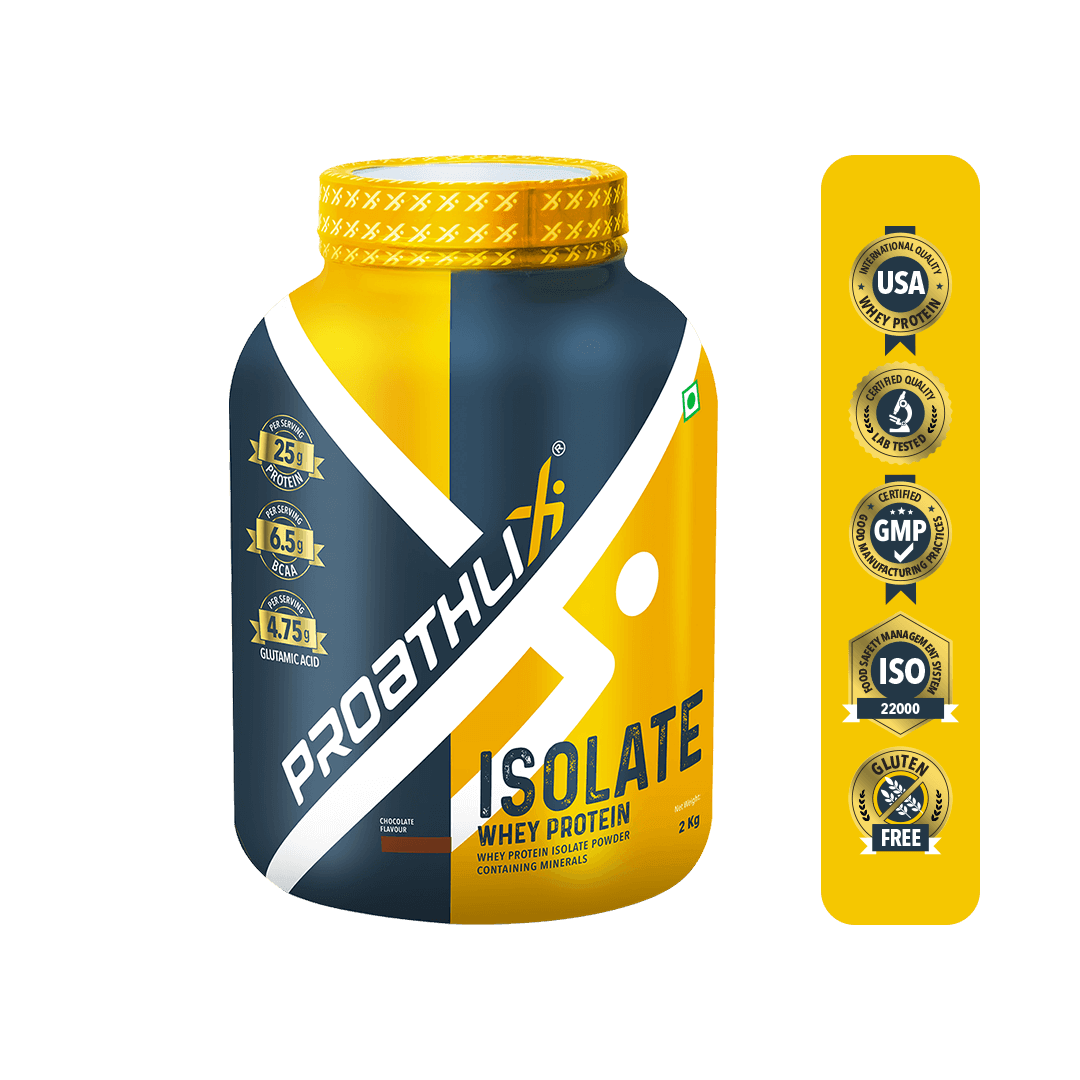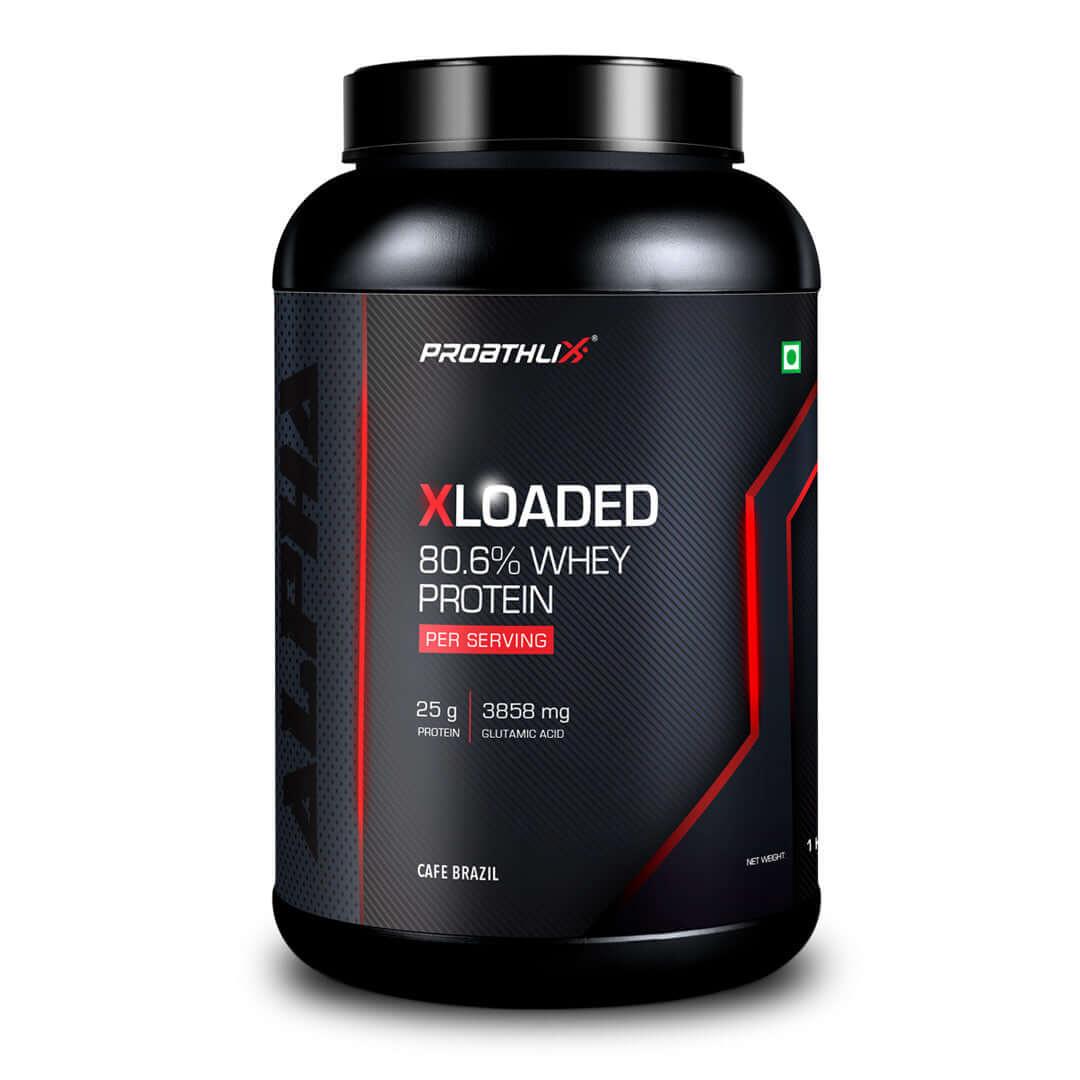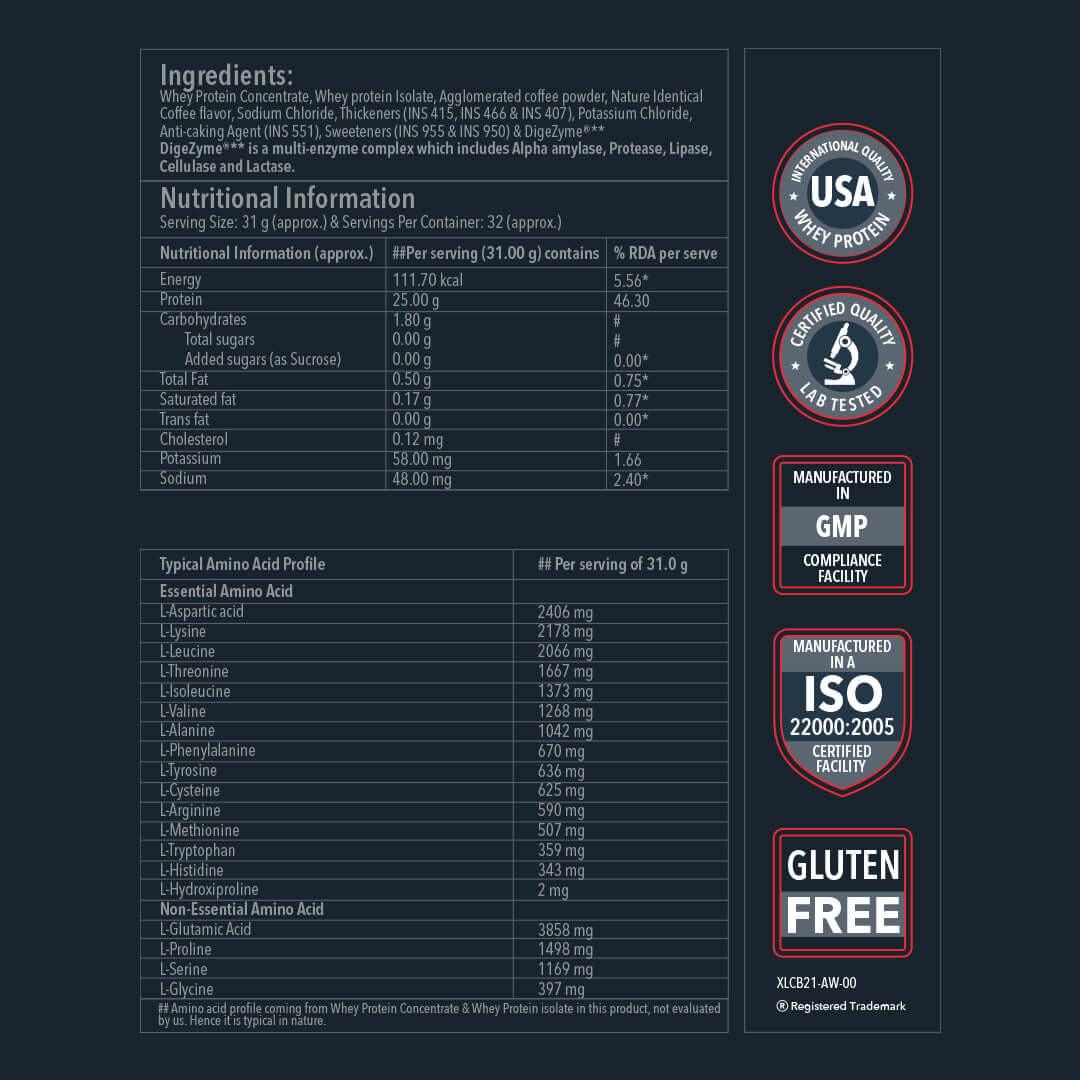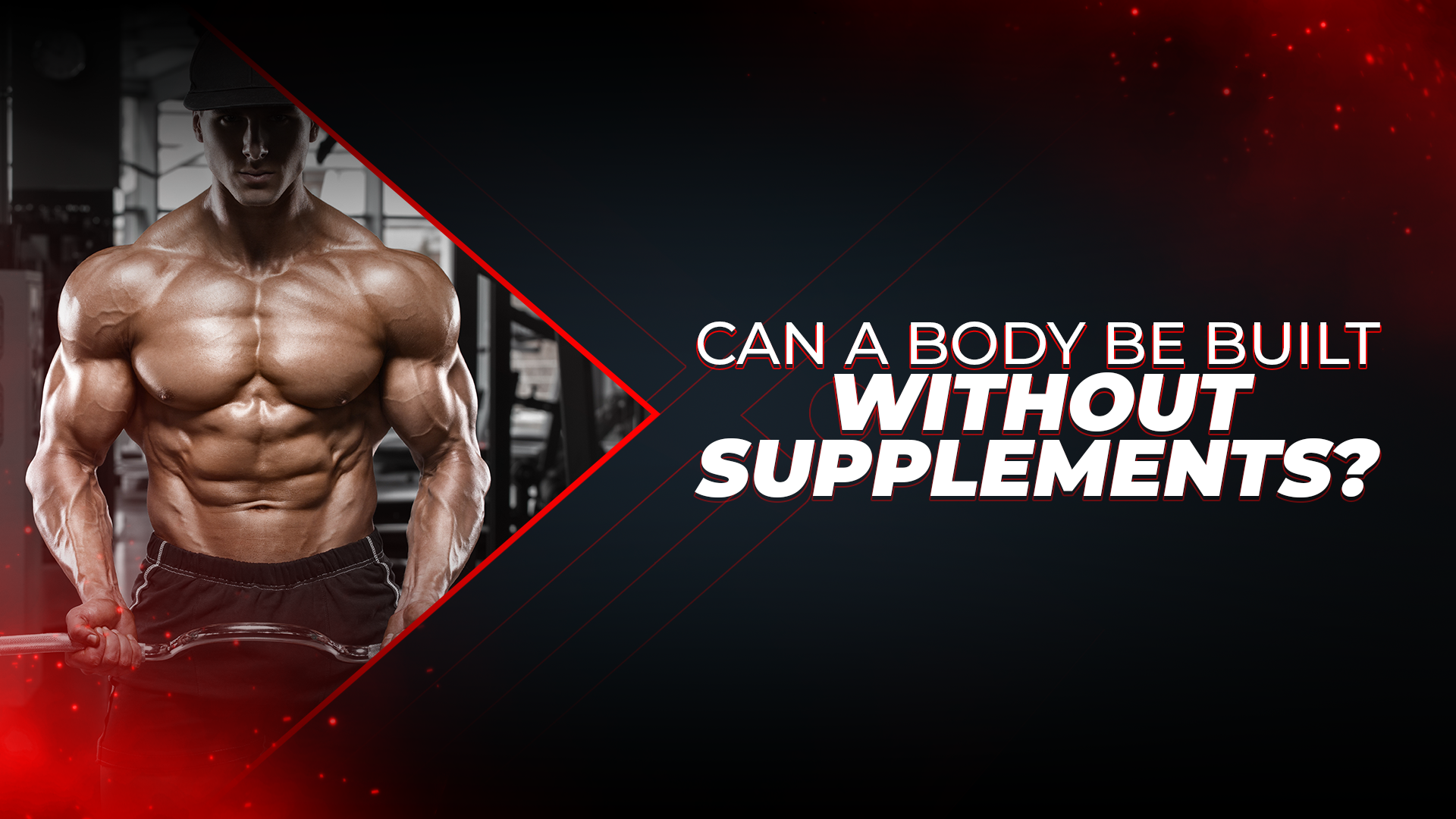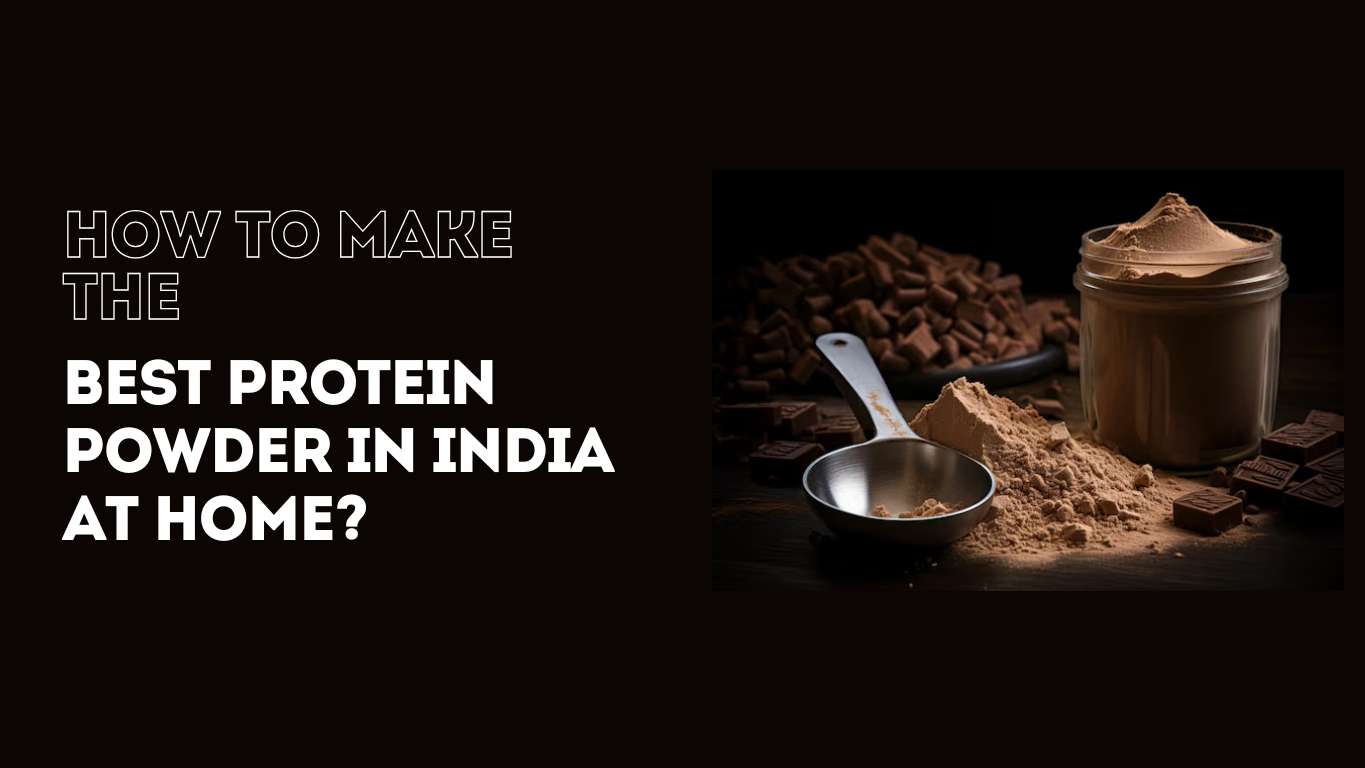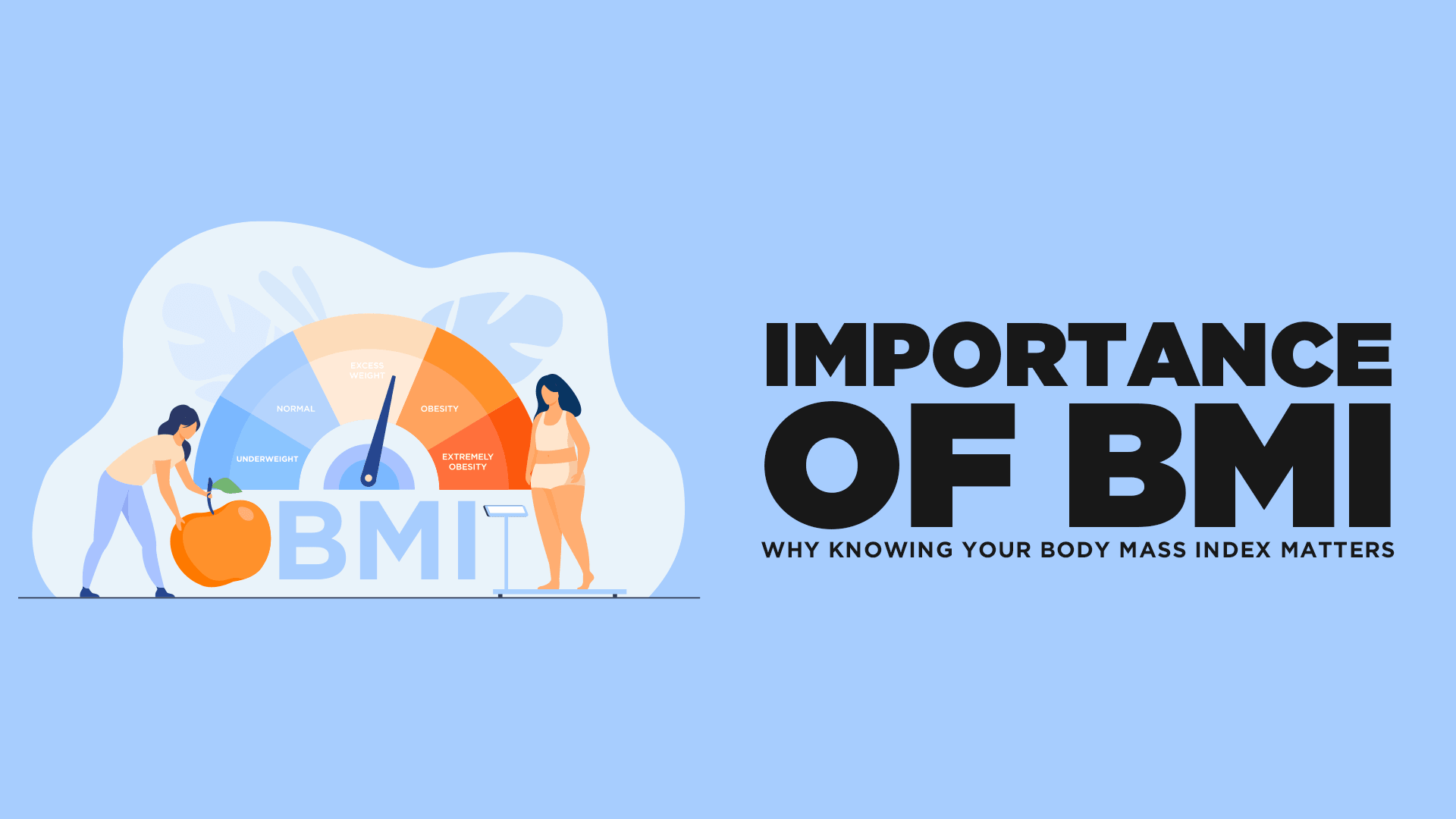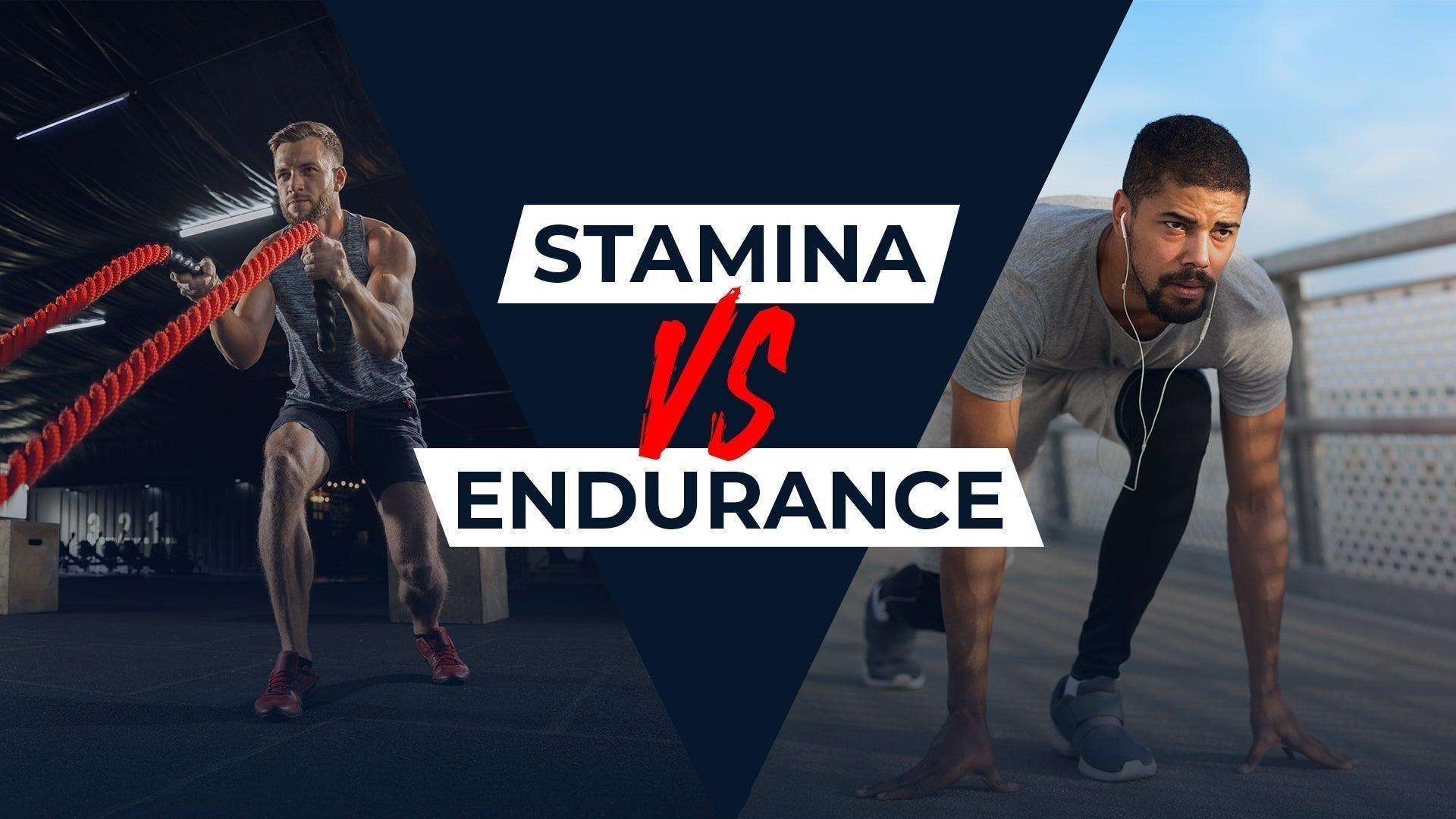
Stamina Vs Endurance – Explained
Fitness is a vital part of a healthy lifestyle. Regular physical activity not only enhances overall wellness but also reduces the risk of chronic diseases, improves mental health, boosts energy levels, and supports longevity. However, many people often confuse fitness terms like stamina and endurance, using them interchangeably. Understanding the difference between stamina and endurance is critical because each plays a unique role in physical performance, and knowing how to improve both can help optimize your workouts and overall health.
Both stamina and endurance are closely related to an individual’s ability to perform physical activities over time. However, they differ in intensity, the body systems they involve, and the type of effort they require. Recognizing these distinctions is key to developing an effective training routine.
What is Stamina?
Stamina refers to the ability to sustain high-intensity activity for extended periods without fatigue. High-intensity activities include sprinting, weightlifting, interval training, or any exercise that demands rapid energy expenditure. Stamina is primarily associated with the cardiovascular system, including the heart and lungs. These organs work together to deliver oxygen-rich blood to the muscles efficiently while removing waste products like carbon dioxide.
When you have good stamina, you can perform high-energy activities longer without feeling exhausted. This is because your cardiovascular system can maintain high performance by supplying oxygen and nutrients effectively. Exercises that challenge the heart and lungs, such as running, cycling, and swimming, are some of the best methods to increase stamina. Understanding how to improve stamina is essential not only for athletes but also for anyone aiming to maintain energy levels throughout daily tasks or physically demanding activities.
What is Endurance?
Endurance, on the other hand, is the ability to maintain low- to moderate-intensity activity over an extended period. Endurance is more closely linked to the muscular system, including muscles, bones, and joints, as well as overall musculoskeletal efficiency. Common endurance activities include jogging, swimming, cycling, hiking, and rowing.
A person with good endurance can perform repetitive or sustained movements without fatigue or joint strain. Activities that improve muscular endurance allow your body to maintain a steady level of effort, supporting long-term physical performance. Knowing what endurance is and how it differs from stamina helps individuals design well-rounded fitness programs.
Key Differences Between Stamina and Endurance
While stamina and endurance are related, they target different aspects of fitness:
-
Type of Activity:
-
Stamina: High-intensity activities such as sprinting, interval training, or weightlifting.
-
Endurance: Low- to moderate-intensity activities like jogging, cycling, or swimming for long durations.
-
Body Systems Involved:
-
Stamina: Cardiovascular system (heart and lungs).
-
Endurance: Muscular system (muscles, bones, and joints).
-
Purpose and Benefit:
-
Stamina: Maintain peak energy output for short bursts of activity.
-
Endurance: Sustain prolonged physical activity without fatigue.
Understanding the difference between stamina and endurance allows fitness enthusiasts to tailor their routines effectively. Combining both forms of training leads to better overall performance, whether for sports, general fitness, or daily activities.
How to Improve Stamina
To increase stamina, you need exercises that push the cardiovascular system. Regular training improves oxygen delivery, heart efficiency, and energy metabolism. Effective strategies include:
-
Running or Sprint Intervals: Alternating between sprinting and walking or jogging increases cardiovascular capacity.
-
Cycling or Swimming: These activities elevate heart rate while allowing extended movement for stamina development.
-
High-Intensity Interval Training (HIIT): Short bursts of intense activity followed by low-intensity recovery periods effectively challenge the cardiovascular system.
-
Circuit Training: Combining resistance exercises with cardio moves is a practical way to improve both stamina and overall fitness.
By incorporating these exercises consistently, you can build stamina, enhance energy levels, and increase your capacity for both exercise and daily physical activity. Understanding exercise to increase stamina helps athletes, beginners, and fitness enthusiasts achieve higher performance levels safely.
How to Improve Endurance
Improving endurance involves exercises that challenge the muscular system to perform sustained work over time. Key strategies include:
-
Jogging, Hiking, or Cycling: Engaging in moderate-intensity aerobic activities strengthens muscles and joints while improving cardiovascular efficiency.
-
Resistance Training: Using weights, resistance bands, or bodyweight exercises increases muscular strength and builds endurance over time.
-
Long-Duration Aerobic Exercises: Activities like swimming, rowing, or even brisk walking help enhance cardiovascular and muscular endurance simultaneously.
-
Progressive Overload: Gradually increasing exercise duration, repetitions, or resistance allows the body to adapt, boosting both endurance and stamina.
Understanding the types of endurance, including muscular and cardiovascular endurance, is critical. Both contribute to long-term performance and reduce fatigue during prolonged physical activity. By knowing how to build endurance, individuals can structure their workouts to support both athletic goals and overall health.
Combining Stamina and Endurance Training
The most effective fitness programs integrate both stamina and endurance training. Some practical tips include:
-
Alternating high-intensity intervals with long-duration moderate exercises.
-
Combining cardio workouts with resistance training sessions.
-
Gradually increasing intensity and duration to prevent overtraining and injury.
-
Tracking performance metrics to measure improvements in stamina and endurance.
By combining these methods, you not only increase stamina but also build endurance, resulting in better energy management, enhanced athletic performance, and improved physical resilience.
Why Building Stamina and Endurance Matters
Focusing on both stamina and endurance provides several benefits:
-
Improved Cardiovascular Health: Strong heart and lungs reduce the risk of heart disease and other chronic conditions.
-
Higher Energy Levels: Daily activities become easier, and fatigue is reduced.
-
Enhanced Athletic Performance: Athletes can sustain higher levels of activity during training and competition.
-
Reduced Risk of Chronic Diseases: Regular activity lowers the risk of obesity, diabetes, and metabolic disorders.
-
Better Overall Fitness: A balanced approach improves strength, mobility, and functional health.
By learning how to build stamina and how to build endurance, you can develop a comprehensive fitness routine that maximizes both short-term performance and long-term health.
Conclusion
In conclusion, while stamina vs endurance may sound similar, they refer to distinct aspects of fitness. Stamina focuses on high-intensity performance and cardiovascular efficiency, while endurance emphasizes sustained low- to moderate-intensity activity and muscular efficiency.
Incorporating exercises that increase stamina alongside workouts that build endurance ensures optimal fitness, improved health, and enhanced performance. Whether you are an athlete, a fitness enthusiast, or someone aiming to maintain a healthy lifestyle, understanding what endurance is, exercise to increase stamina, and types of endurance can help you achieve your goals.
A balanced routine that targets both stamina and endurance not only improves physical performance but also contributes to a more active, healthier, and resilient lifestyle.


